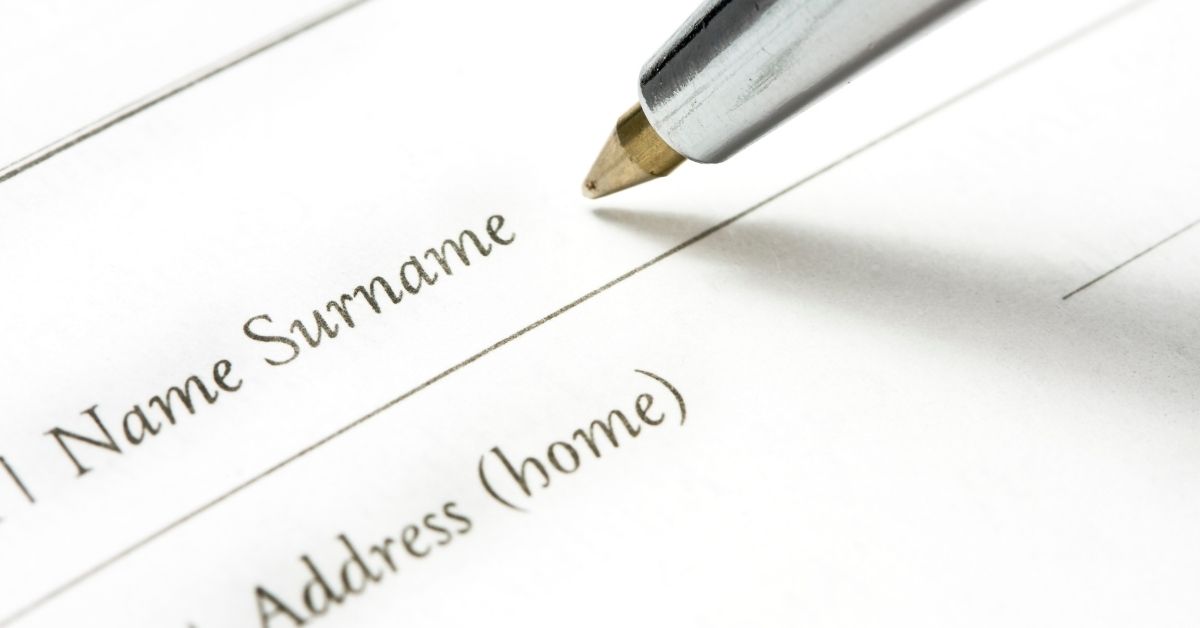Like most parents, responding to my six-year-old when she talks back has been a learning process.
My wife and I, our golden rule, is to pause. When I pause, I respond well. There are other times, when either of us is frustrated, we switch roles.
When I’m in a situation where my daughter is talking back, I try to tick off as many of the tips below as possible. I’m obviously not always successful. None of us are. But I do have a plan and know how I’d like to respond. And knowing how you’d like to respond, for me, is half the battle.
What is talking back?
The root of talking back is a continuation of what we saw our kid do as a toddler when they first refused to eat and threw their food on the ground—control.
A side effect of growing up and gaining independence is talking back. It’s a natural, developmentally appropriate, and necessary response if we ever want our children to leave the house, find a partner, and live out their life. Done. That’s it. Too simple?
Research shows that kids, as early as toddlers, are expressing their own personal power. Think about it, from childhood to adolescence, this is the long journey (longer than any other species, except for Orca whales) to leave the nest. Our kids are exploring their fight or flight response. Talking back, spending less time with us, finding mom and dad so uncool are ways our kids are feeling out these boundaries. They are learning how to fend for themselves.
Research also shows that if we want our children to treat us, and others, with respect, which includes minimizing talking back, we have to be the adult in the room. Instead of thinking “adult” in the sense of the Queen or King of your domain, think more in the sense of role model, teacher, guru if you will.
Instead of laying down the law, our path involves showing our kids a better way to communicate. Less, do as I say, and more, do as I do. Here are 5 tips to help us on our way.
Tip #1 Put Together a Talking Back Response Plan
“So . . .” said every excellent teacher at some point, “what’s your plan.”
When your kiddo talks back at you, what’s your plan?
My plan is here in these tips– acknowledging what she is feeling, actively listening, asking questions to identify the problem, and collaborating with her to find a solution.
At the same time, sometimes, there’s no solution. And sometimes, I can’t get through the first step (acknowledge what she is feeling) because I’m already responding with emotion and adrenaline.
Check out these tips, do a little research on your own, come up with your own plan in your own words, and visualize how you’ll use it. And don’t get down on yourself if you can’t reply in the moment with your plan. Respond later in the day, or the next day, as long as you respond at some point.
Tip #2 Don’t Respond to Talking Back Until You are Ready
Once you know your plan by heart, it’s easier to see when you’ve departed from your plan and are responding to your child’s talk-back-fire with your own brand of adult talk-back-fire.
If you can’t respond with your plan, if you’re too upset yourself, it’s better to leave the room. Or tag your partner. And here’s the truth that’s difficult for me to accept, leaving the room, responding an hour later, is a win. It’s a win. Think about it, once you’re ready to listen and react according to plan, what an excellent example you’re providing for your kid. You also get the full benefit of taking the time to listen, learn what is going on with your child, and file it away for future reference.
There’s not much difference between responding according to the plan in the moment or responding twenty minutes later or the next day. The point is, you demonstrated how to handle a difficult situation, you didn’t forget, you are there for them, and, well, you’re human.
And the last point is, the more we practice a skill, the better we get at that skill. When my daughter talks back now, most the time I have a little more space to pause.
Tip #3 Don’t Take Talking Back Personally
Don’t let feeling bad or taking personally what your kid said to you throw you off your plan.
Most the time, if you weren’t able to follow your plan, something your kid said set you off, hurt your feelings, or both. Remember, parents, when they are talking back and refusing to follow our direction, it is their way of getting us out of the way and exerting agency.
Let them see you roll with the punches. Absorb the anger, the whining, the pouting, the name-calling, and listen, really listen for what’s actually going on.
Simply put, do not take your kid’s insults personally. They don’t hate you. They are still learning, and they need to learn from you, how to effectively communicate what they need.
Tip #4 Talking Back is a Teaching Moment
When we follow our plan and don’t take our kid’s anger, for example, personally, we are showing our kid how to respond to an angry friend, coworker, or your future grandchild.
That’s motivating, right?
So, how do we do that? For me, I try to use the words my daughter is using or describe the emotion she is expressing.
For example, “Wow, ok, you’re angry with me right now. Can you tell me why?” or “Wow, ok, I hear you, I’m not your friend. Can you tell me why?”
As you move further along, set up an expectation for respectful sharing: “Wow, ok, you’re angry with me because you wanted another treat. I hear you, and we can talk about it. The thing is, it’s difficult for me to understand what you are saying when you’re upset like this. Let’s talk about this when we’re both calmer.”
Tip #5 Pick Your Battles and Give Them a Choice
This is one of my best tips.
First, if I’ve acknowledged my daughter’s emotions, identified with her the problem, reassured her I’m here to help her, but she’s continued to express her grievances, let her know you’re ready to talk when she’s calmer.
Or, if it’s the reoccurring issue of being upset because she doesn’t want to ride in her car seat, I acknowledge her displeasure, smile, and check both ways before pulling out. That’s it. On issues of safety, you can’t always offer a choice.
The other tip is to offer a choice. Here’s a previous blog on how to and the benefits of offering our kids choices, Giving Kids Choices—Providing Choices to Our Kids. We have out maneuvered many battles by offering choices. And remember, we, the parents control what the options are.
If you have any recommendations, learned wisdom, or examples you’ve used when responding to your kid talking back, please share them in the comment section below.








